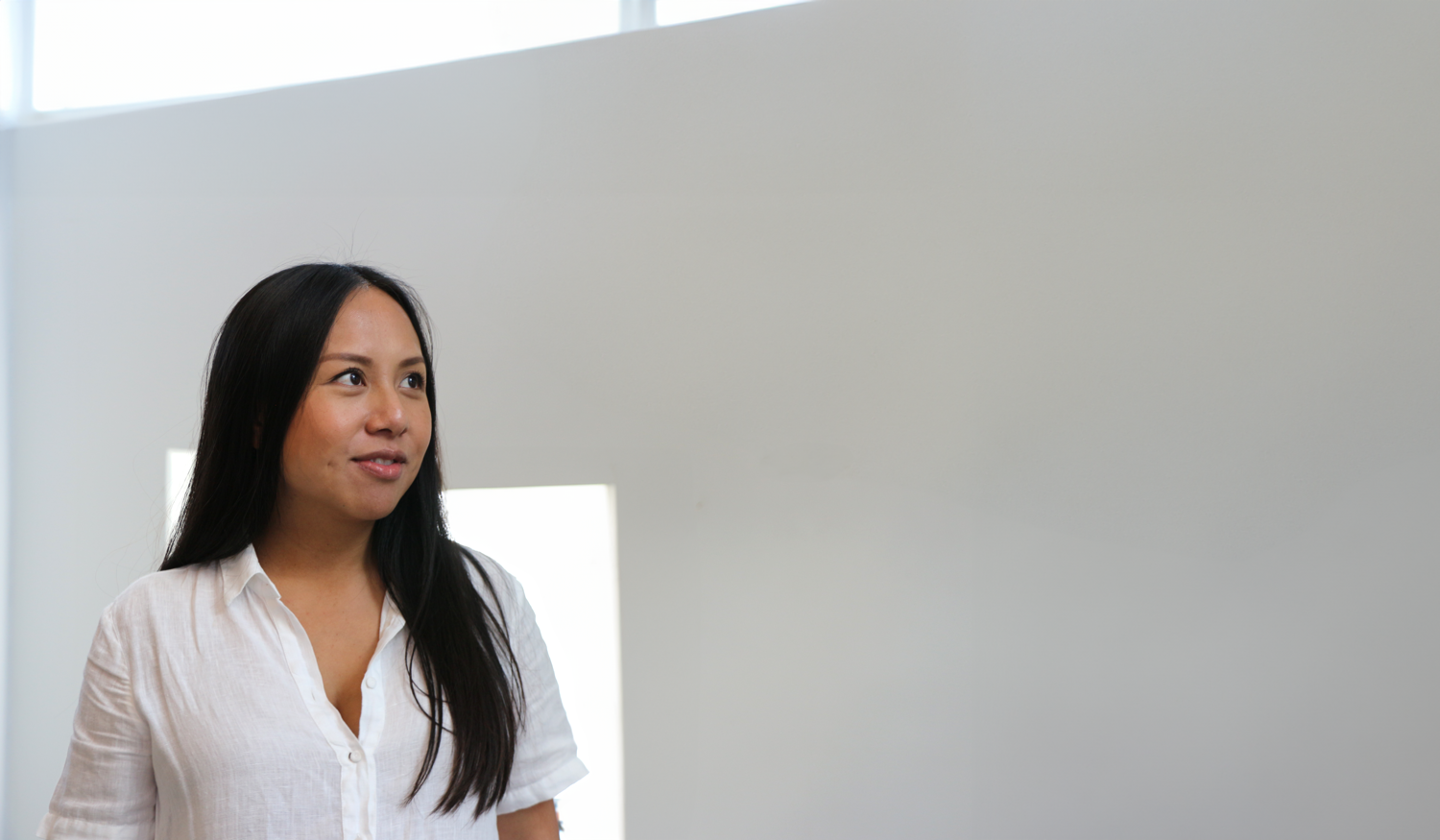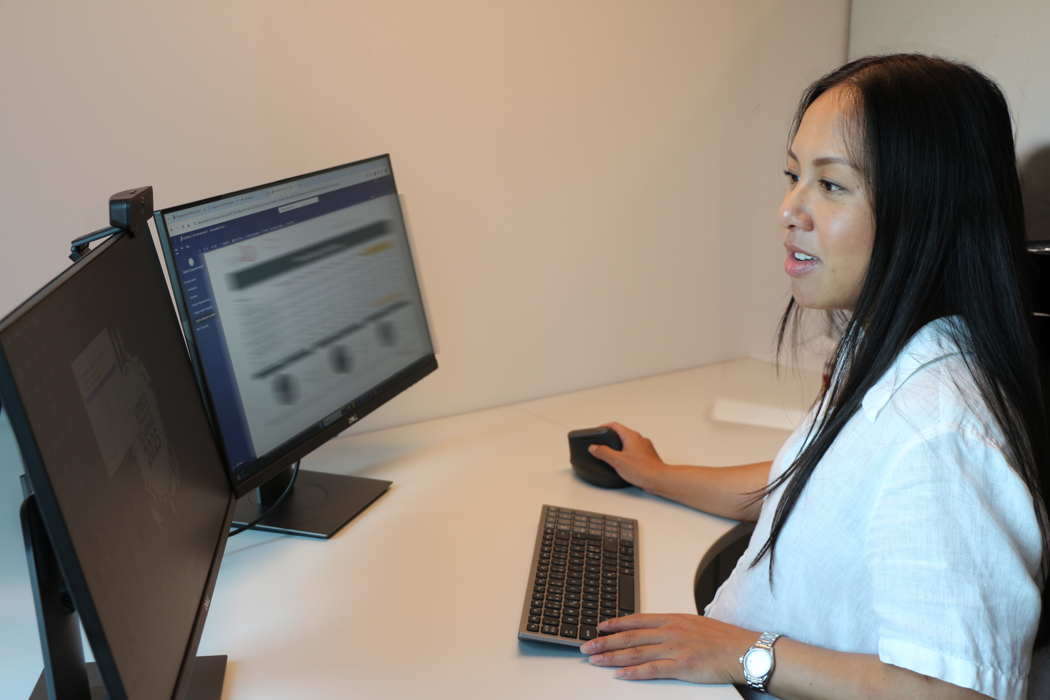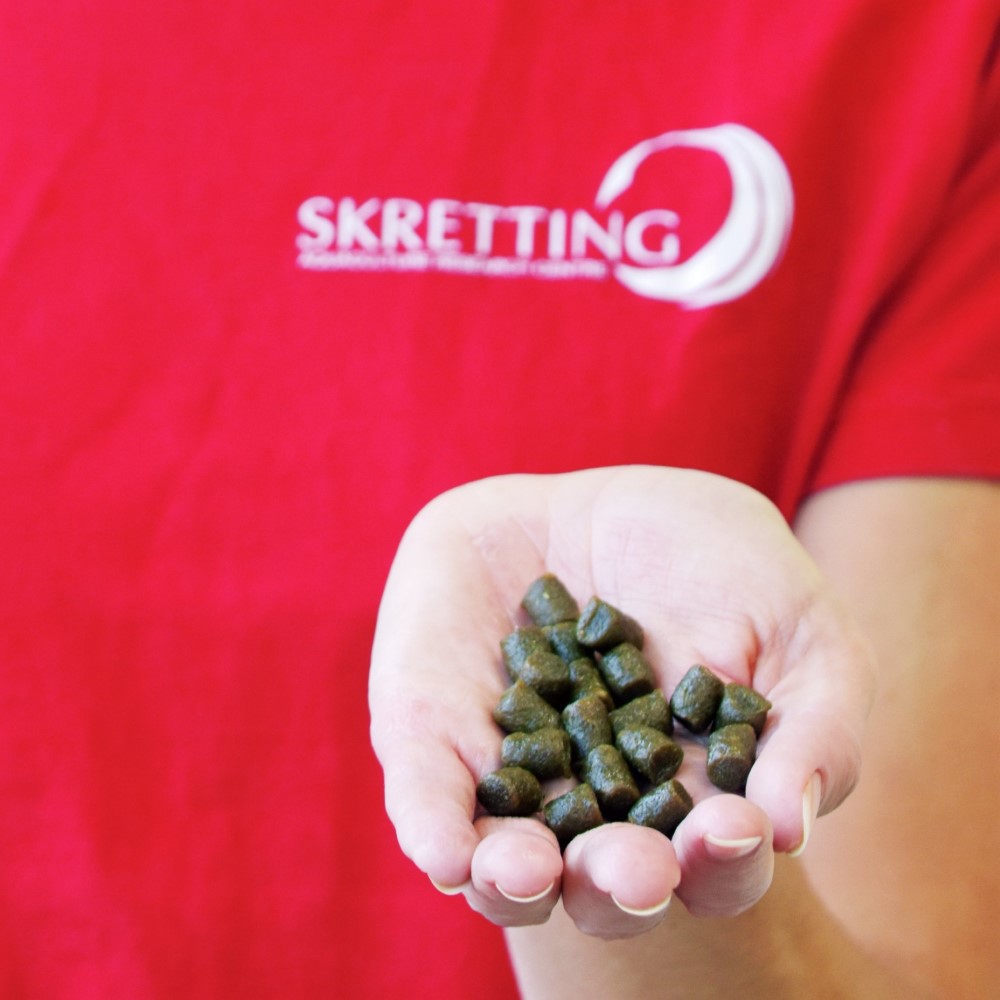Tra-My Le, Skretting Norway's Business Developer CAS, tells us about this nifty digital tool that allows fish producers to find out the exact nutrients in their Skretting feed -- and estimate the discharge that comes out of the fish after they eat it.
How does Skretting's discharge model work?

What’s a discharge model again? It’s a tool fish producers can use to find out the exact nutrients in their Skretting feed and also estimate the discharge that comes out of the fish after they eat it – either as dissolved waste through the gills and urine or as faeces in the wastewater.
Um. Why do we care about fish discharge? (No offense!) You must not be a fish producer, or you would care a lot! Especially if you were a land-based farmer. Some are obliged to report the amount of phosphorus, nitrogen and carbon their operations discharge into the environment each year. And if they exceed certain limits, it can come with a fine or other corrective measures. Some producers also use the info as they plan to upscale their farms.
And then there’s the sludge factor.
Sludge factor? Oh yes, sludge – made up of fish faeces and feed spill – is a valuable byproduct. It used to go to waste, but nowadays, it’s repurposed as fertiliser or biogas, or even as a raw material for other types of production. The discharge tool helps producers understand what is in their sludge.
Why would anyone want to know what’s in sludge?! Because it influences what the sludge can be used for. For example, to sell it as an organic fertiliser requires low levels of cadmium or zinc. If we know what’s in the sludge, we can help farmers tweak its contents by fine-tuning the fish feed.
Okay, you’ve convinced me. This tool sounds super useful. But how does it work? The discharge model was developed by our digital team at Skretting Aquaculture Innovation. It connects our sales and production recipe databases with growth and feeding models and with calculations that estimate the discharge each specific feed will produce in a particular species of fish. Our deep knowledge of the raw materials in our feeds – as well as what nutrients the fish require for optimal performance – enables us to understand how each ingredient is retained in the fish, so we also know how much is excreted.
We used to spend a lot of time looking up this info for customers at certain times of year – now they can get it, instantly, whenever they want. And we have more time to serve them in other ways.

Is it complicated? I’m sure fish producers have better things to do than learn another IT system. No – one of our priorities was to make sure the system was as easy as possible for our customers to use.
Sounds like a good thing for customers but also for Skretting, am I right? Yes, you’re absolutely correct. Our customers love it because they can do it themselves. And, uh, we like it for that reason too. We used to spend a lot of time looking up this info for customers at certain times of year – now they can get it, instantly, whenever they want. And we have more time to serve them in other ways.
How do you know they love it? Oh, they tell us! For example, Timo Rosche, Global RAS Manager for Grieg Seafood ASA said, “Skretting's discharge model has contributed to improving our calculation methods to estimate the discharge from our land-based facilities. Good control over the nutrients in the wastewater via the mass balance principle is the basis for ensuring that the environmental requirements are met while the wastewater treatment processes can be optimised further.”
Nice! What else is Skretting doing, besides researching fish nutrition and building fancy models like this? Even before we built this discharge model, Skretting has been monitoring unwanted substances in our ingredients and our feed for many years. We see that levels of these unwanted substances are low and far below EU limits. For instance, the cadmium level in our feed is more than eight times lower than the maximum limit.
So Skretting feed is as safe for the environment as you can make it. What about the fish – is it also safe to eat? Oh, absolutely! In fact, the Norwegian Scientific Committee for Food and Environment has reviewed 26,000 papers and concluded that fish brings more positives (in terms of nutrients) than negatives (unwanted substances) to the consumer. Based on this, Norwegian authorities say that we should eat more fish; ideally two to three times a week!
Okay, let’s say I was a fish producer. How would I find out more? The service is available to Skretting customers in Norway – you can read more here (in Norwegian).
